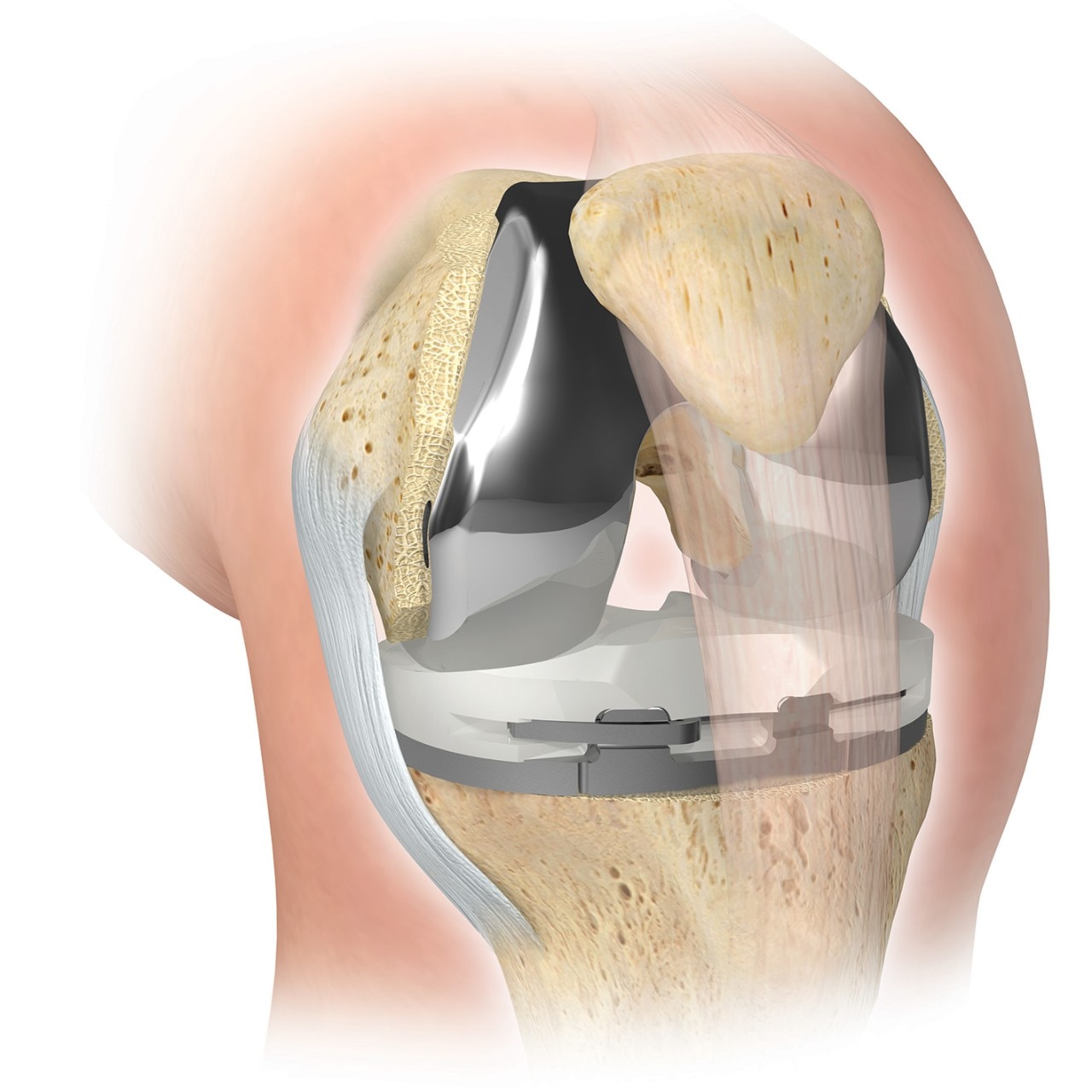The thought of having knee replacement surgery may seem overwhelming, but simply speaking, you’re just replacing worn out parts with new parts. A common misconception about knee replacement surgery is that the entire joint is removed and then replaced with a new joint. In reality, only the damaged portions of the bones are removed and resurfaced with metal implants and polyethylene (plastic) cushions.
Knee replacement is a reliable and reproducible surgical procedure with good long-term outcomes and survivorship; however, there are risks associated with it. For more information on the risks of knee replacement surgery, click here.
Depending on the complexity of the procedure, the operative time may vary, but on average takes one to two hours to complete. Although each surgery is different, below is a simplified summary of what you can expect on the day of a standard knee replacement surgery.
1. Generally, you won’t be able to eat or drink after midnight in preparation for surgery.
2. You’ll arrive at the hospital about two hours before your scheduled surgery. During this time, you will review and sign required paperwork. The nurses will take you to your room and get you prepared.
3. A small tube (IV) is inserted into your arm. This tube is used to administer antibiotics and other medication during your surgery.
4. You’ll discuss the options of a spinal or general anesthesia with the anesthesiologist prior to surgery. The option that’s best for you may be dependent on your medical history and your surgeon’s preference. You’ll be given sedative medication prior to entering the operating room; this often makes it difficult to remember details on the day of surgery.
5. Once you are asleep, a urinary catheter may be inserted, and compression stockings and/or pneumatic sleeves are put on both legs. The urinary catheter is used commonly with spinal anesthetic and may also be used until you have increased mobility. The compression devices are used to reduce the risk of blood clots in the legs, which is one of the most common preventable complications after joint replacement.
6. Your operative leg will be prepped with a sterilizing solution and sterile drapes will be applied.
7. A straight, midline incision will be made over your knee. The kneecap, in the front of the knee, will be moved to the side so your surgeon can see your knee joint.
8. With a total knee replacement, both sides of the joint must be replaced. Depending on your pattern of arthritis and your surgeon’s preference, the kneecap may or may not be replaced.
 Healthy Knee
Healthy Knee
 Diseased Knee
Diseased Knee
 Total knee replacement
Total knee replacement
Specialized instruments and guides are used to accomplish this goal. Prior to the placement of the real implants, trial implants are used to see if the knee joint is stable and that you have a full, functional range of motion. In order to accomplish this, the ligaments around the knee often need to be balanced to your new knee joint.
9. Once all bone preparations are completed, the final implants are placed. In many cases, the implants are cemented to the bone, while in others; some components may be pressed into the bone without cement.
10. Following completion of the surgery, the surgical site is closed in layers with absorbable sutures. A sterile bandage is placed and, depending on your surgeon’s preference, a surgical drain maybe placed.
11. You're then taken to the recovery room, where you will be closely monitored. Most patients spend one to two hours in the recovery room depending on how quickly you awaken from anesthesia.
12. Pain is normal after knee replacement surgery. This will be managed with pain medication. Most surgeons use a combination of treatment options to help manage your pain. This often begins before surgery and continues after surgery. It’s important that you are proactive in your pain management.
13. Once you are fully awake, you’ll go to your hospital room and in most cases, you will be up moving the day of surgery.
While every surgery will be tailored to your needs by your surgeon, this gives you an idea of the series of events surrounding a standard procedure.



